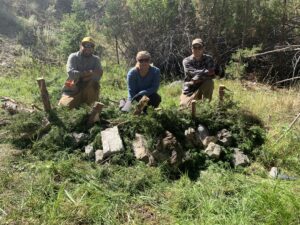Projects
Eastern Pioneers Habitat Restoration
Restoring streams, meadows, and big-game habitat in the Eastern Pioneer foothills (2022–2025)
BHWC, in partnership with the Southwest Montana Sagebrush Partnership and the BLM, is restoring the Trapper Creek, Browns Gulch, and Lost Creek drainages to recover stream function and protect sagebrush and riparian habitat that support elk, moose, mule deer, and other wildlife.
Two coordinated restoration components
1) Low-Tech Process-Based Restoration (LTPBR)
Historic beaver removal and heavy past use left channels straightened, entrenched, and disconnected from floodplains. BHWC installed Beaver Dam Analogs (BDAs) and Post-Assisted Log Structures (PALS) to slow water, trap sediment, raise water tables, and rebuild wet meadows.
2) Conifer Reduction in Riparian and Sagebrush Systems
Encroaching juniper and Douglas-fir were removed to protect water availability, reduce fire intensity, and recover sagebrush and browse for big game. Work was completed by 5-Star Forestry with funding from the Mule Deer Foundation, Rocky Mountain Elk Foundation, BLM, and others. As of 2025, over 1,000 acres have been treated in the Trapper Creek drainage and on the Webberly property, with the full partnership treating more than 5,000 acres across ownerships.
Measurable progress
-
30 LTPBR structures installed in Browns Gulch (0.35 mi)
-
30 LTPBR structures installed in Trapper Creek (0.45 mi)
-
13 university volunteers engaged in field work
-
Wetland delineation completed to guide future phases
-
Additional ~80 LTPBR structures and 23 acres of riparian conifer removal completed in 2023
-
Ongoing treatment and monitoring continue through 2025 with photo-point tracking
Why this matters
By reconnecting streams to their floodplains and removing water- and light-competing conifers, this project restores the conditions that make the East Pioneers a stronghold for elk, mule deer, moose, pronghorn, upland birds, and pollinators—while improving drought resilience, water storage, and landscape health for people and wildlife.
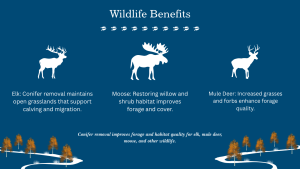
Partners and Organizations Involved
TNC/Southwest Montana Sagebrush Partnership
National Fish and Wildlife Foundation
Youth Employment Program – Dillon
Project Photos
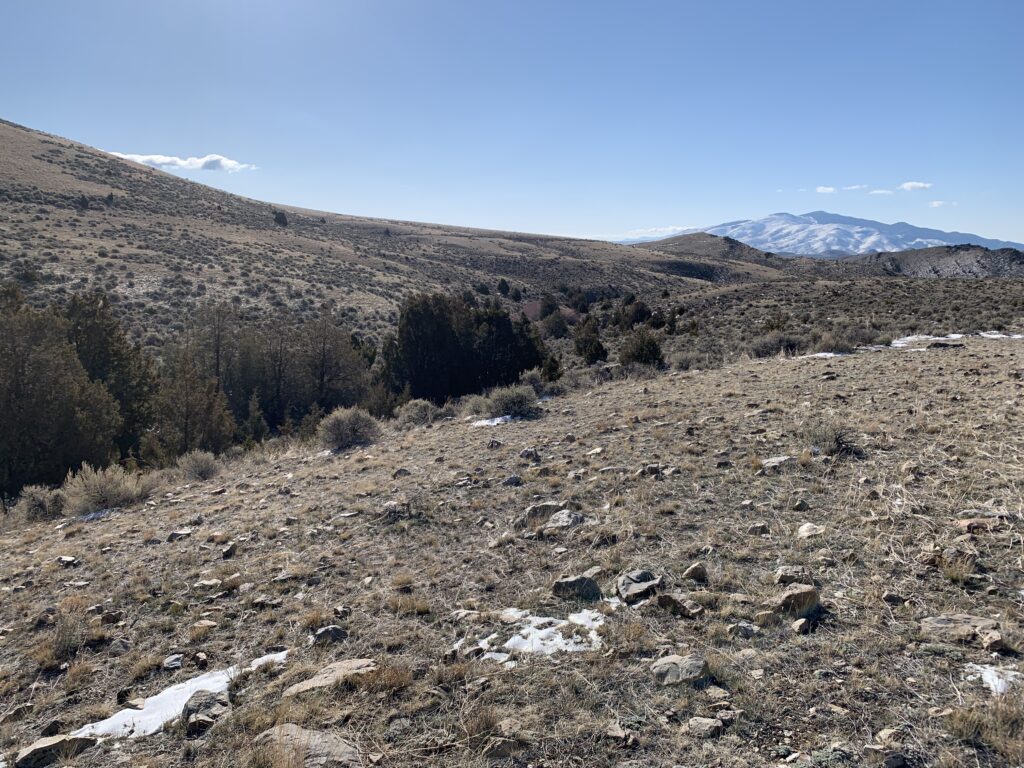
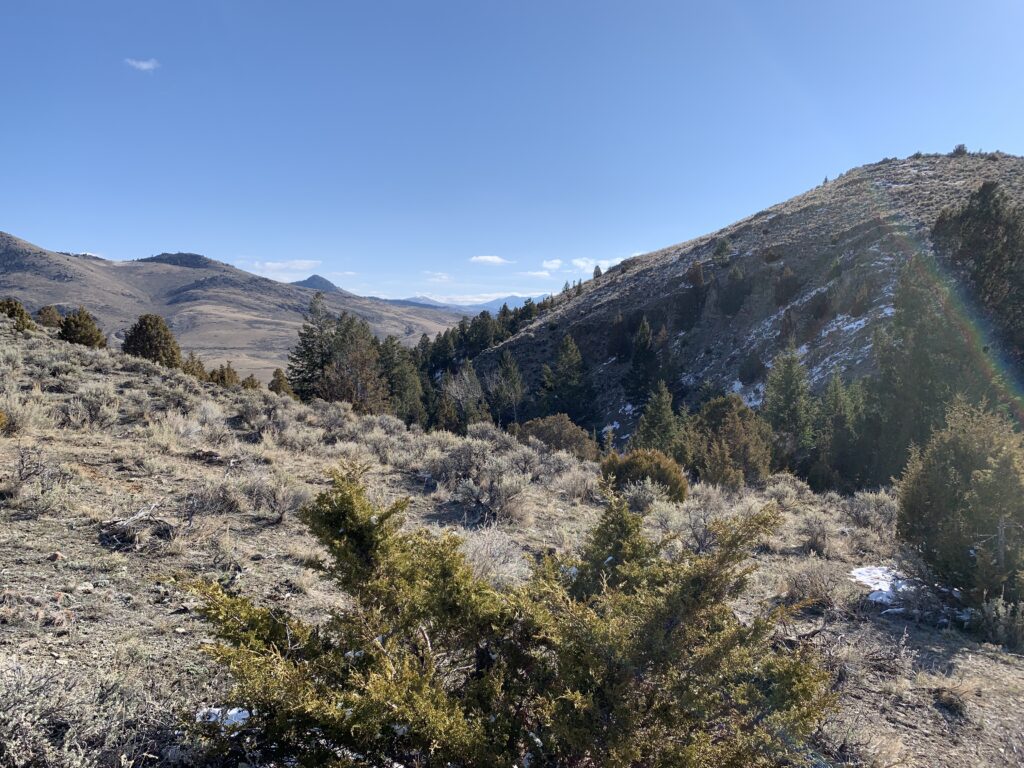
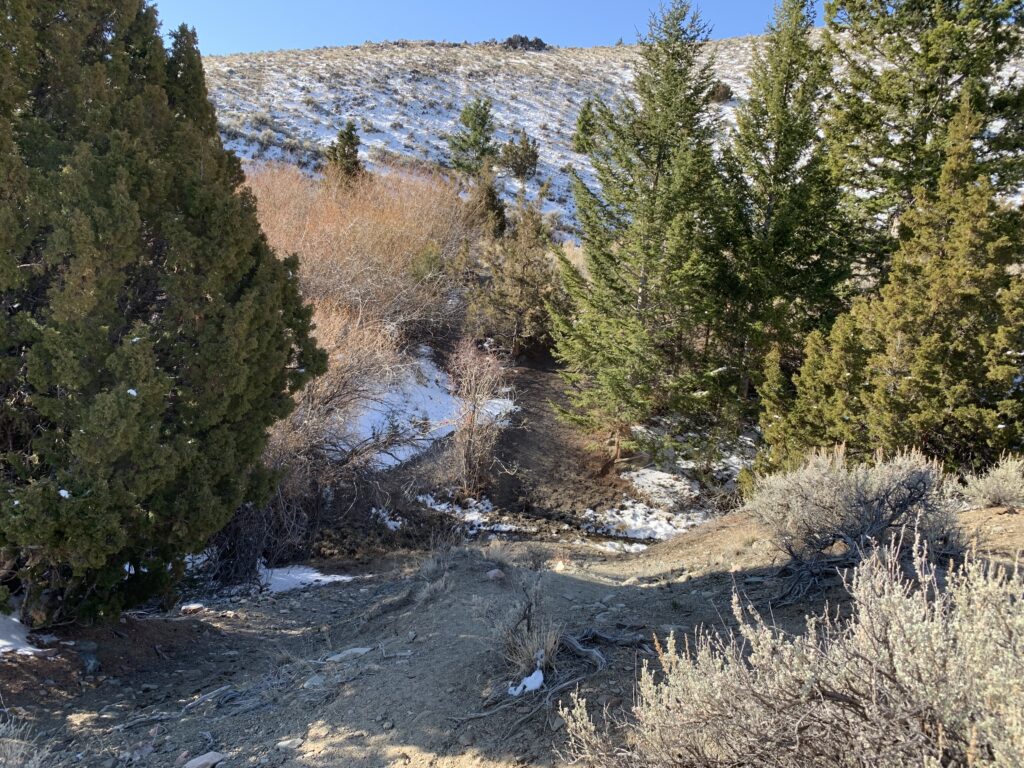
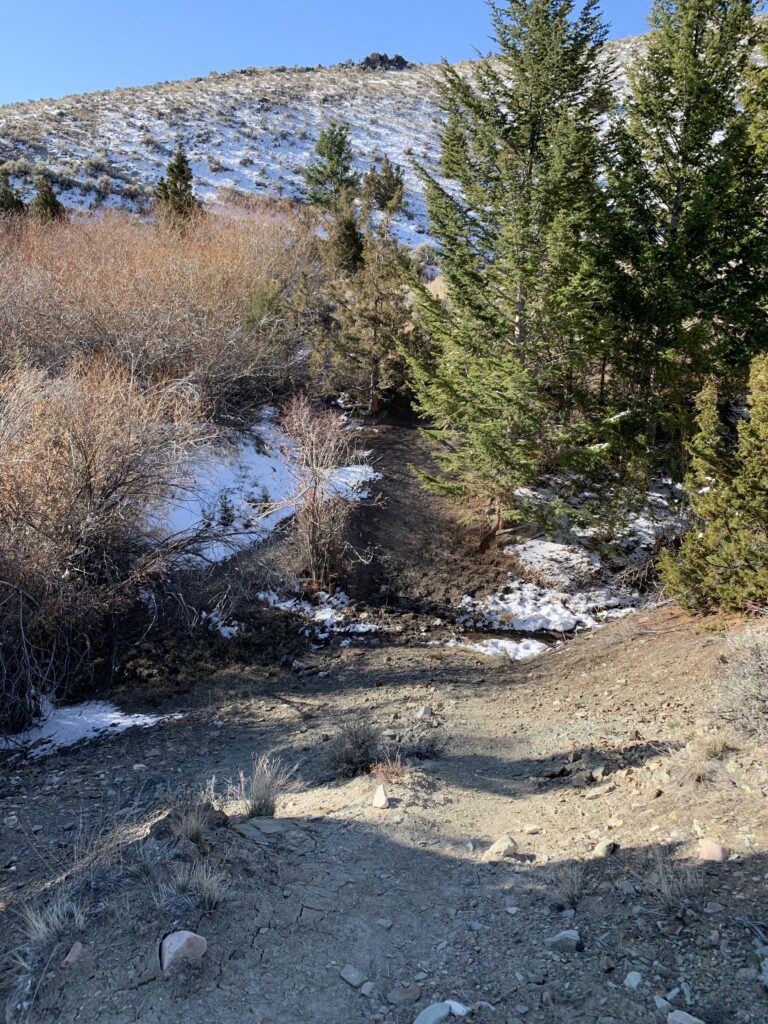
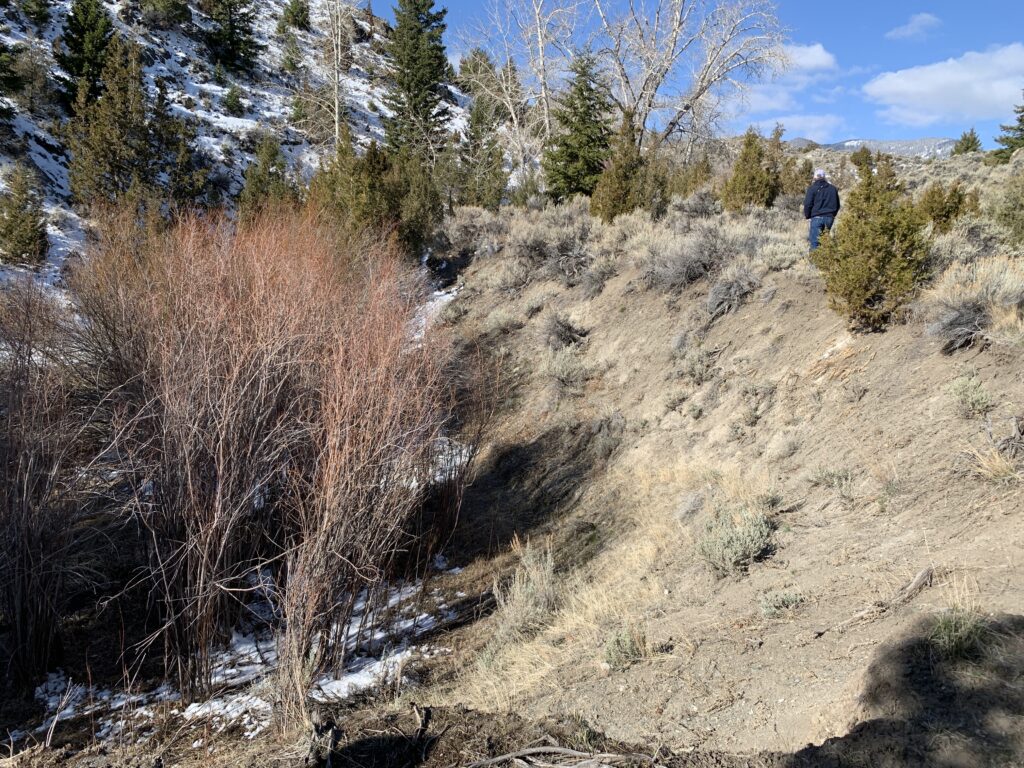
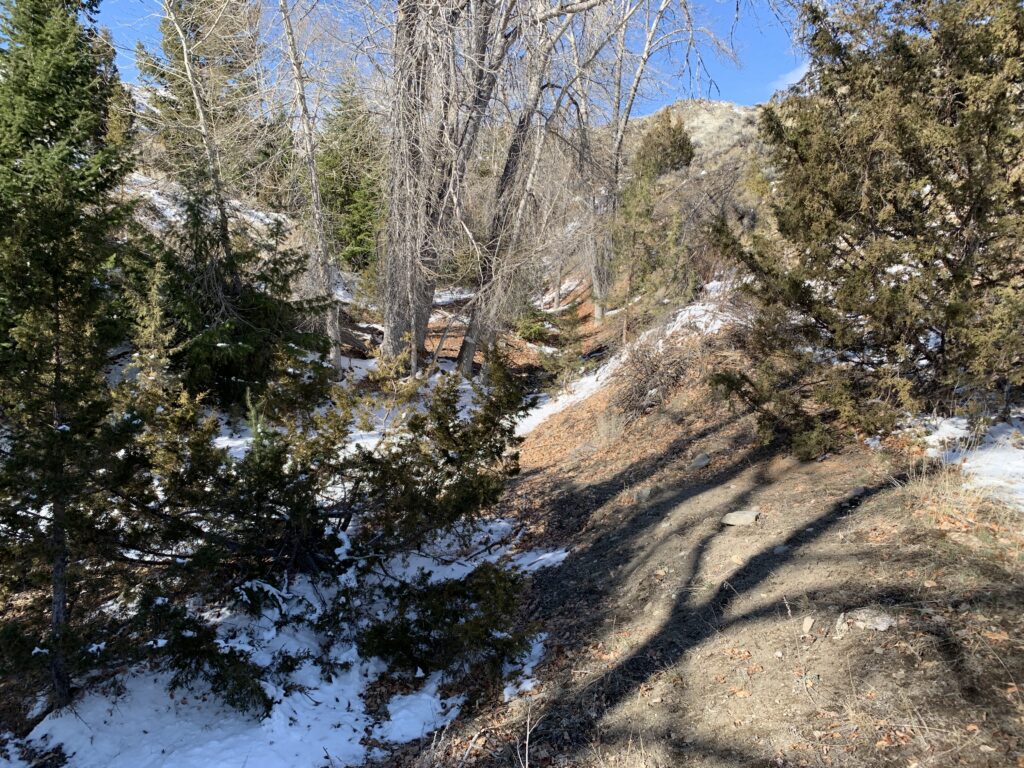
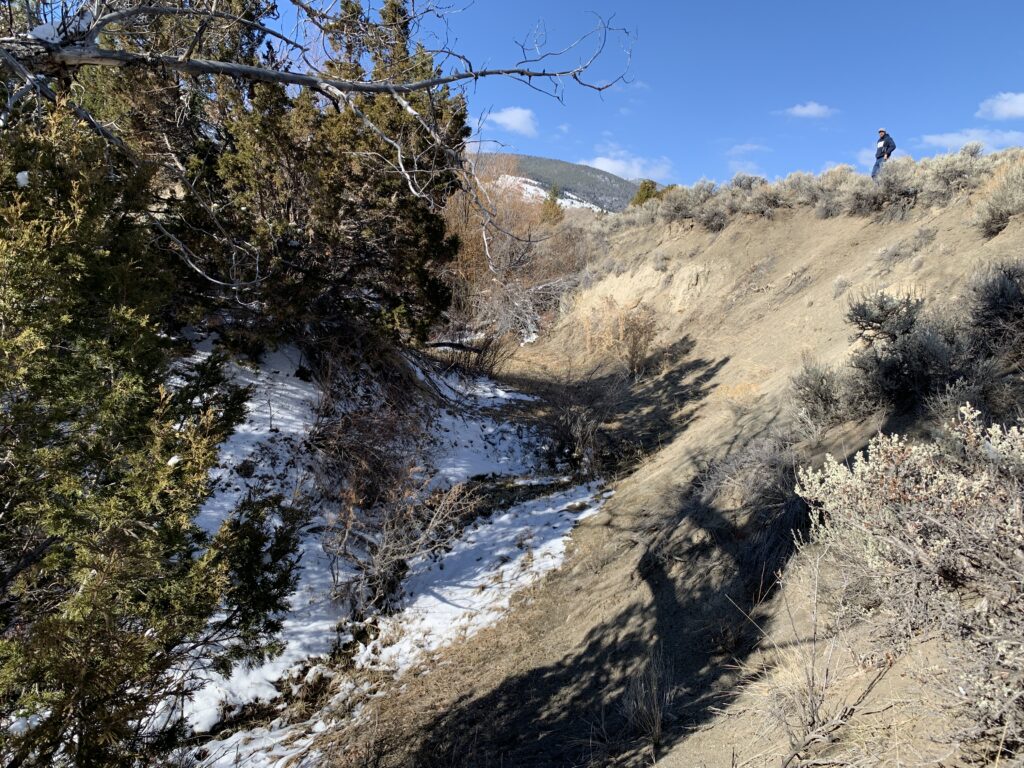
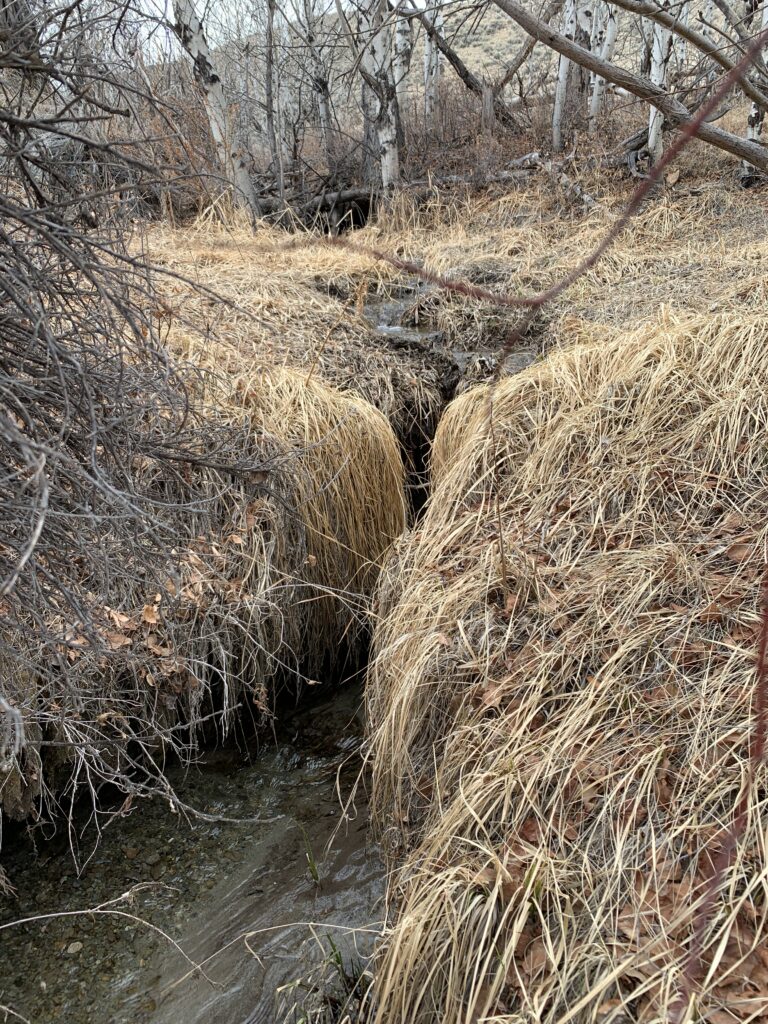
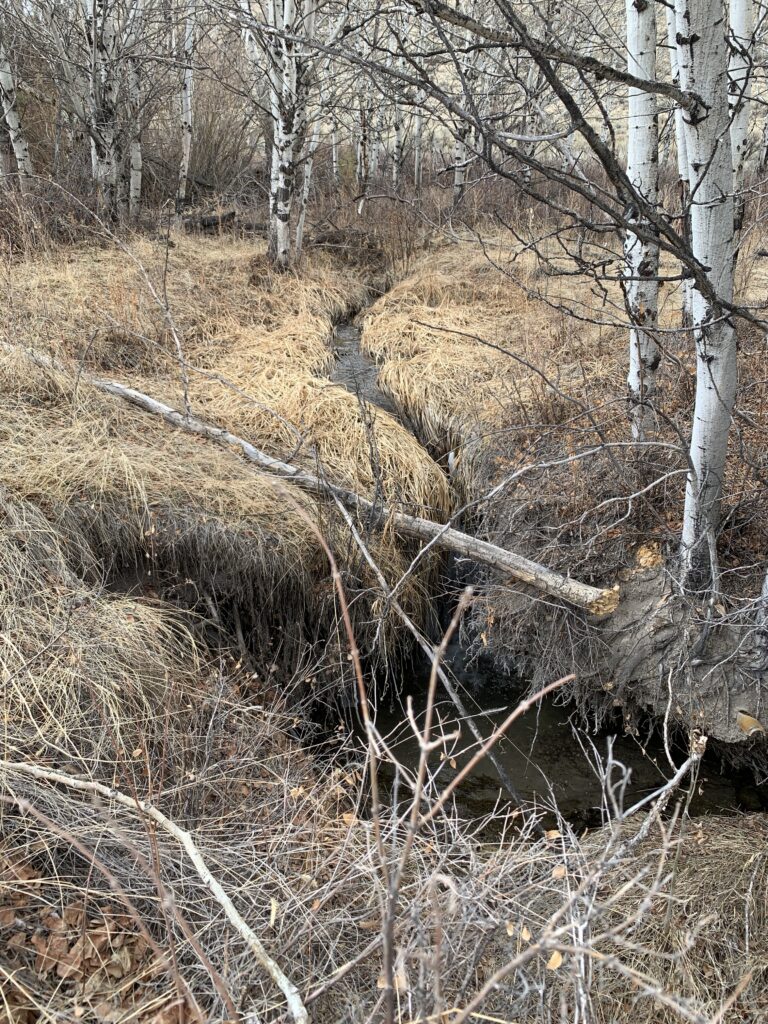
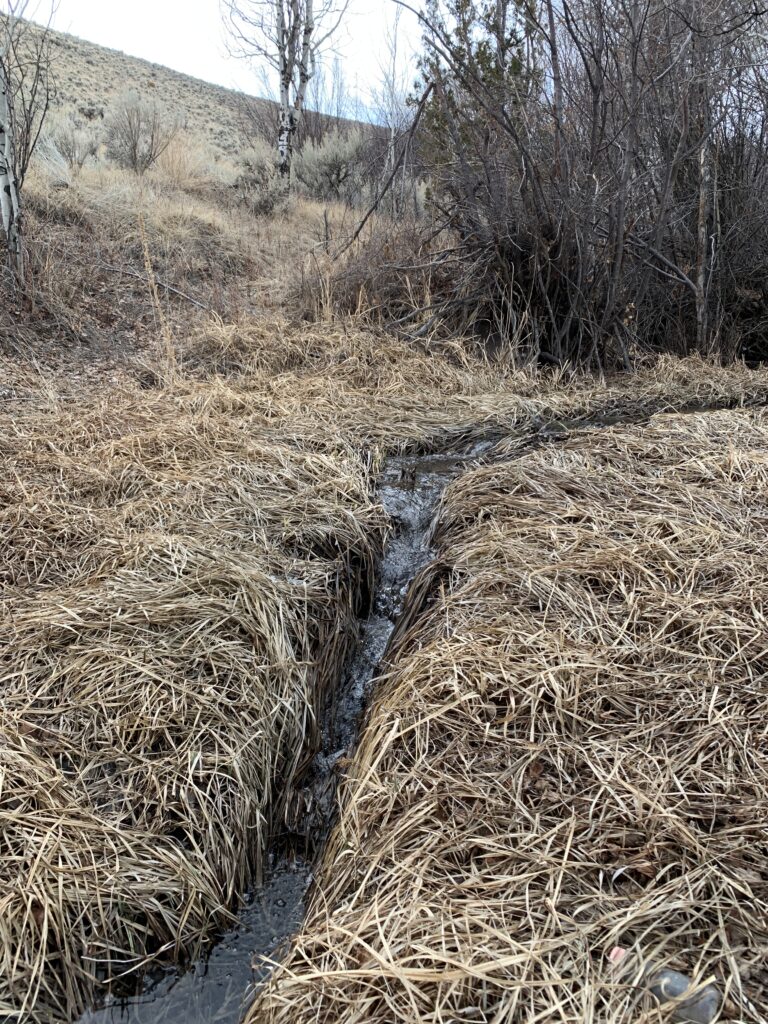
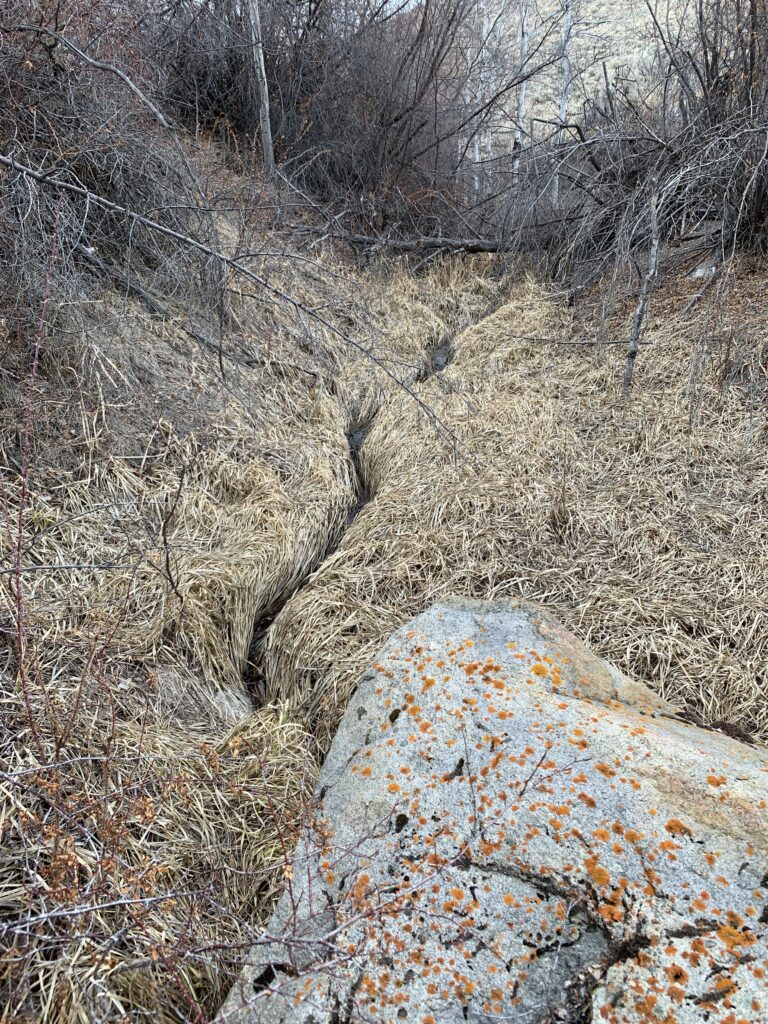
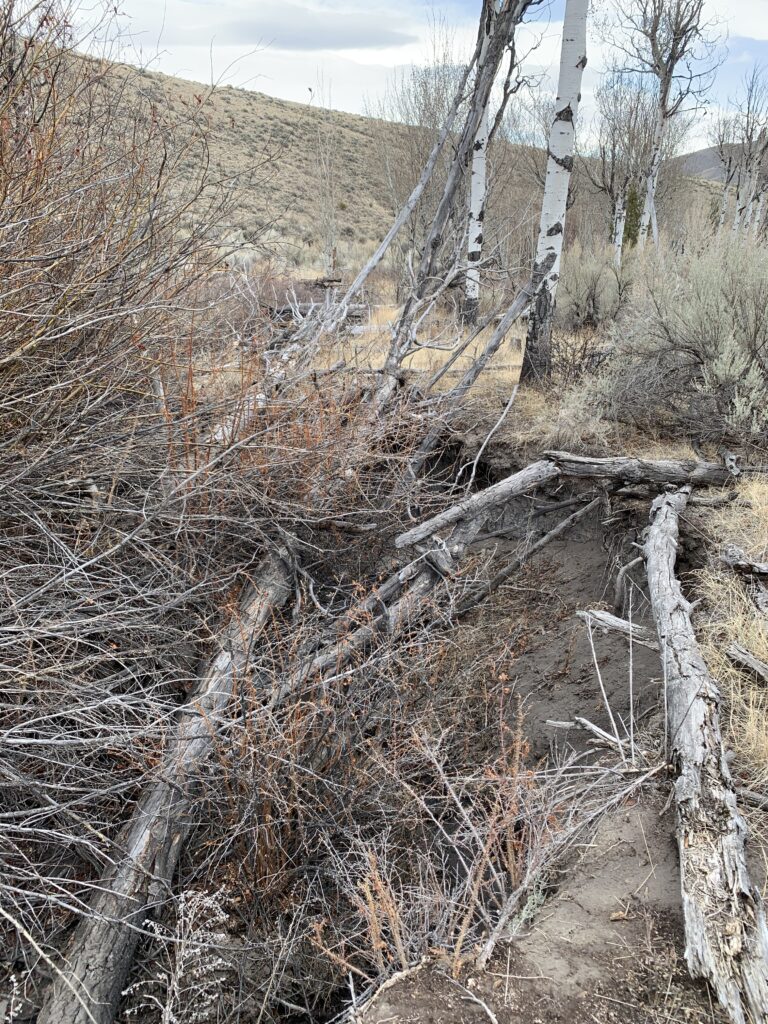
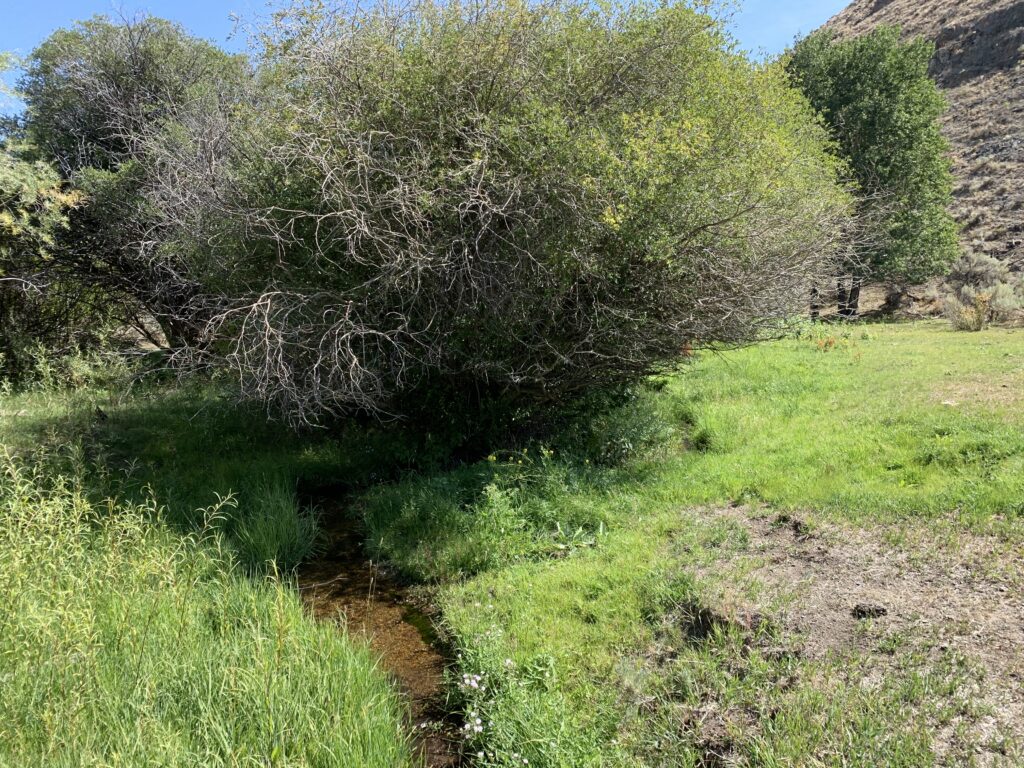
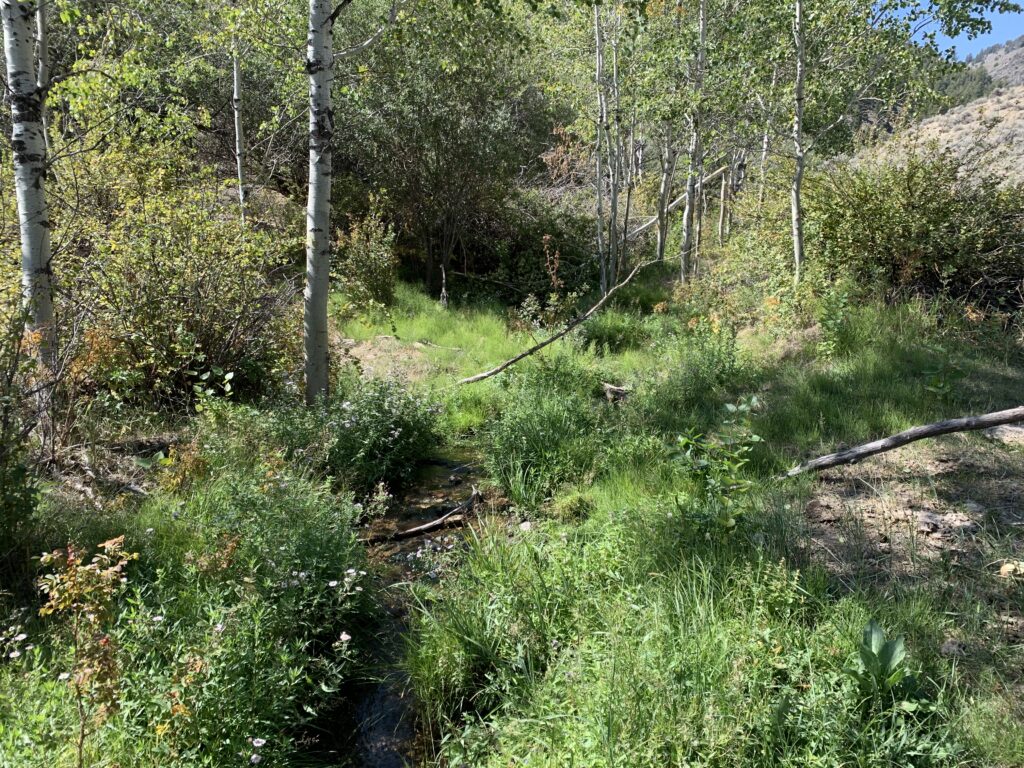
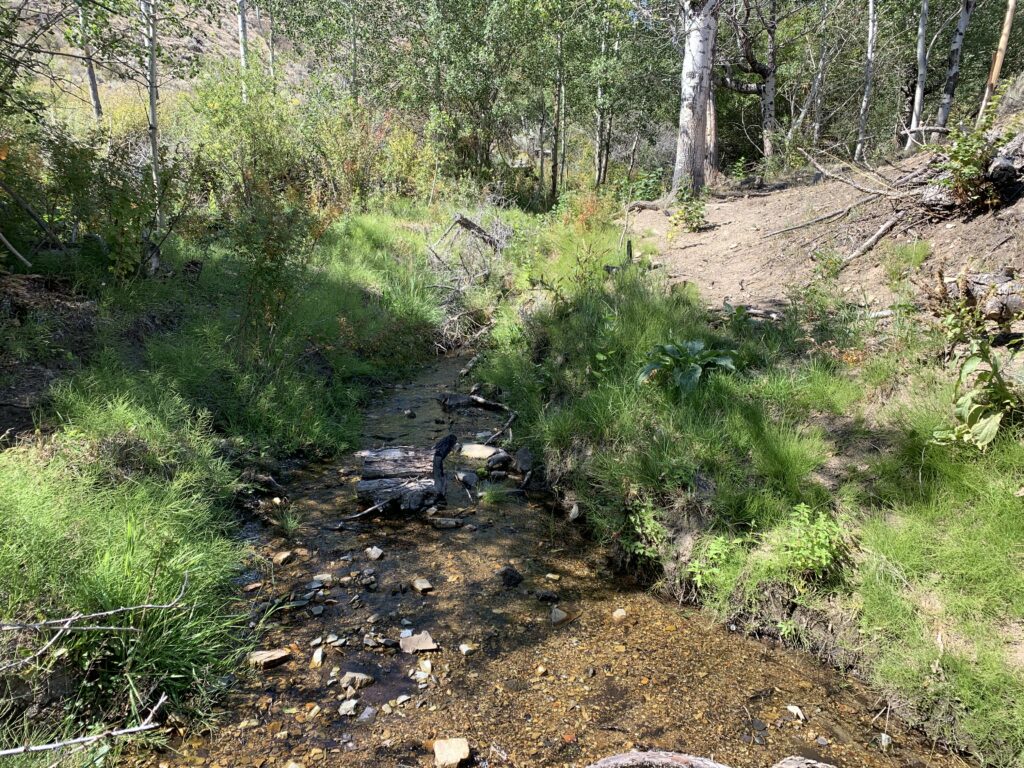
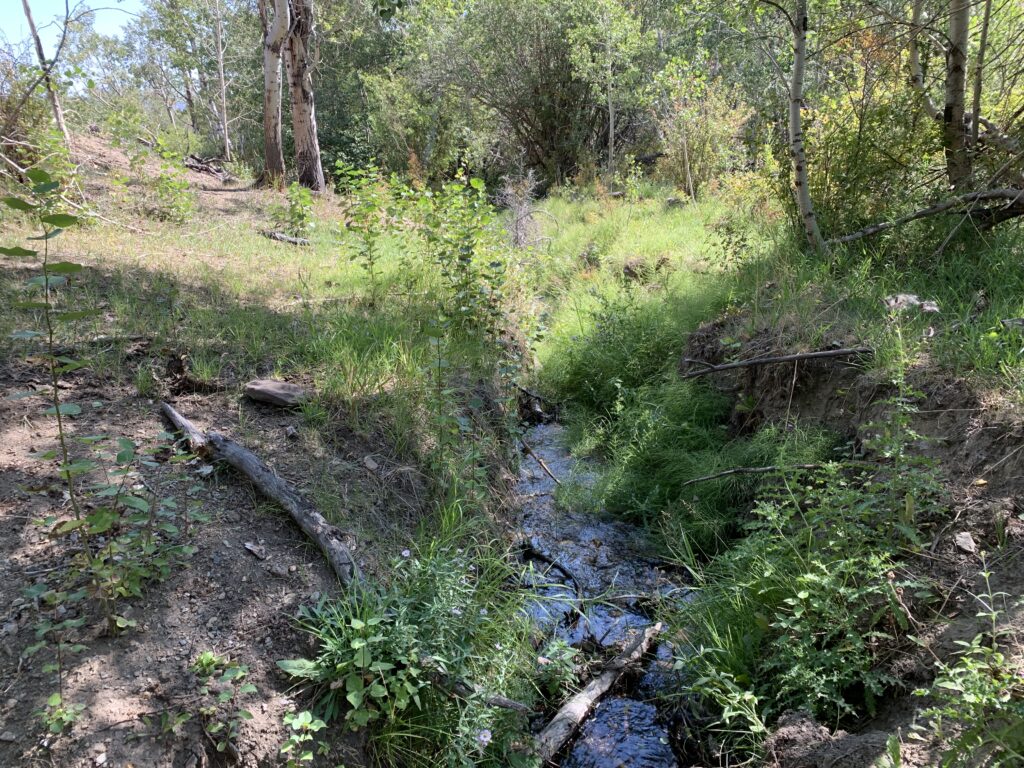
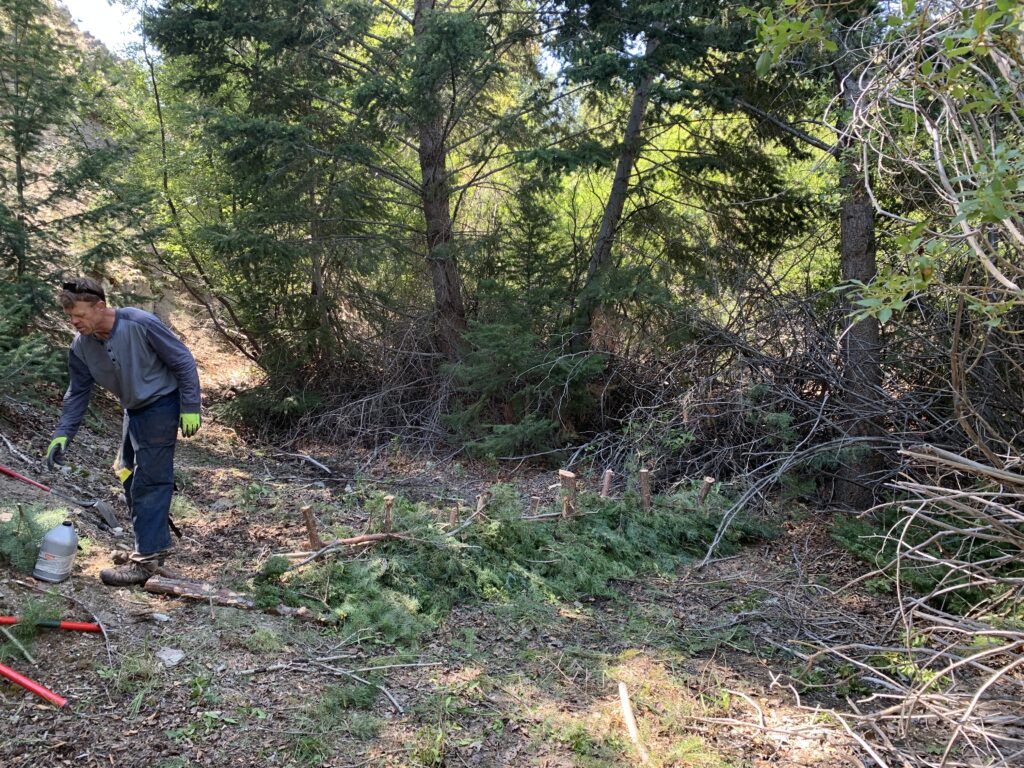
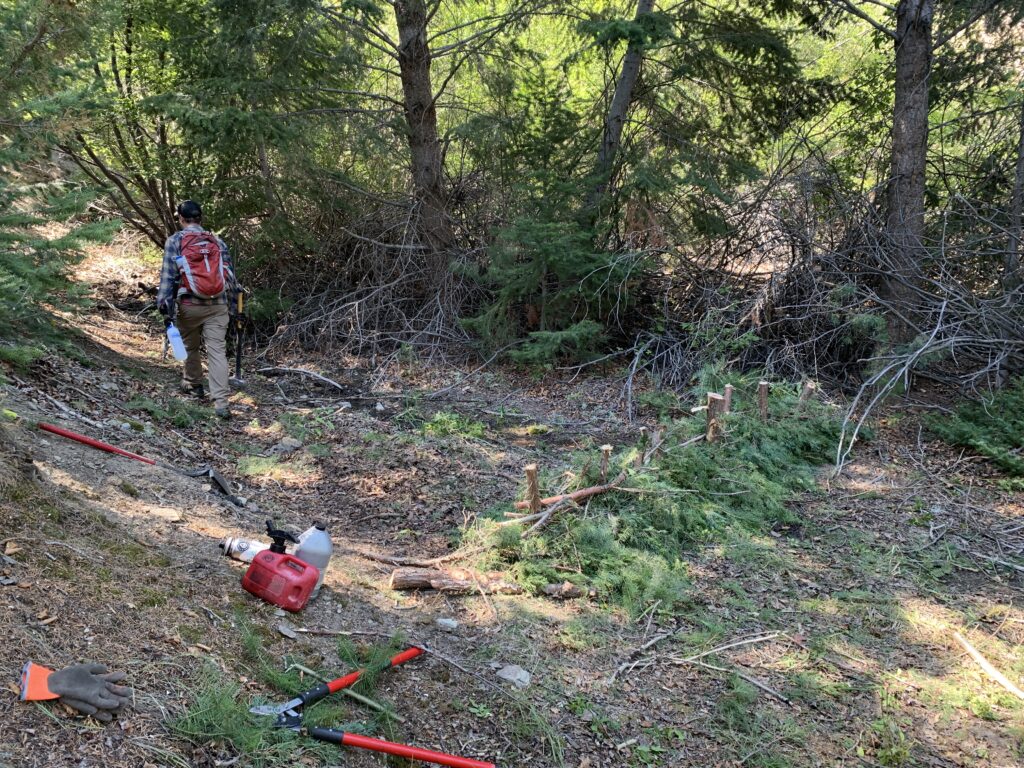
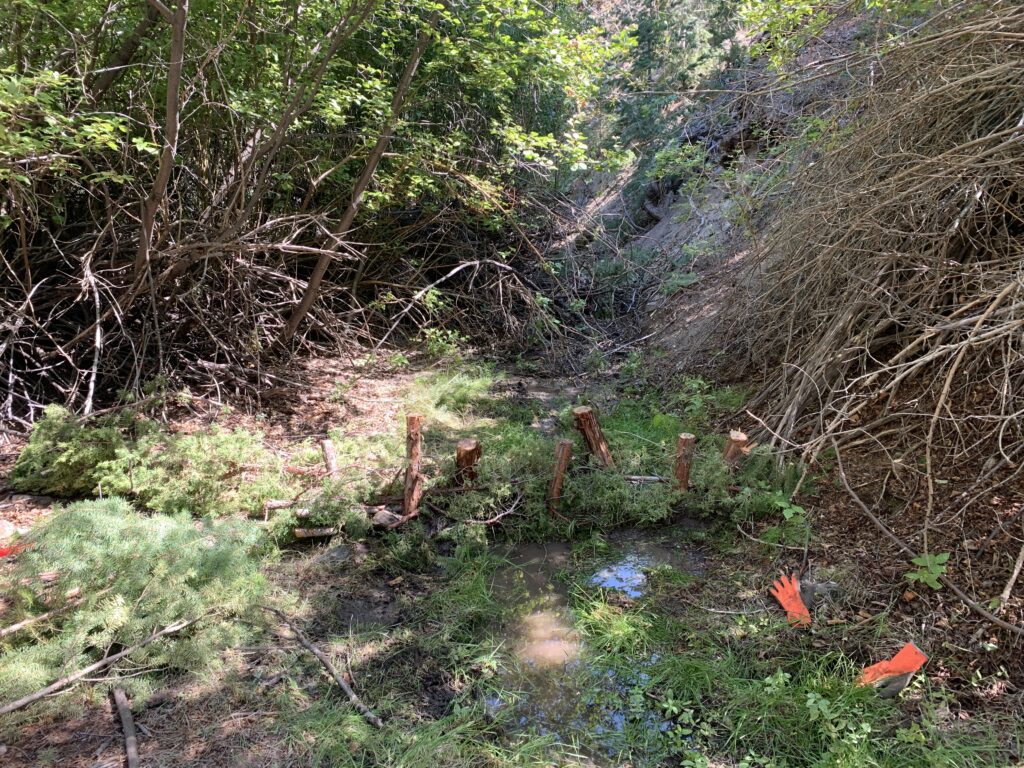
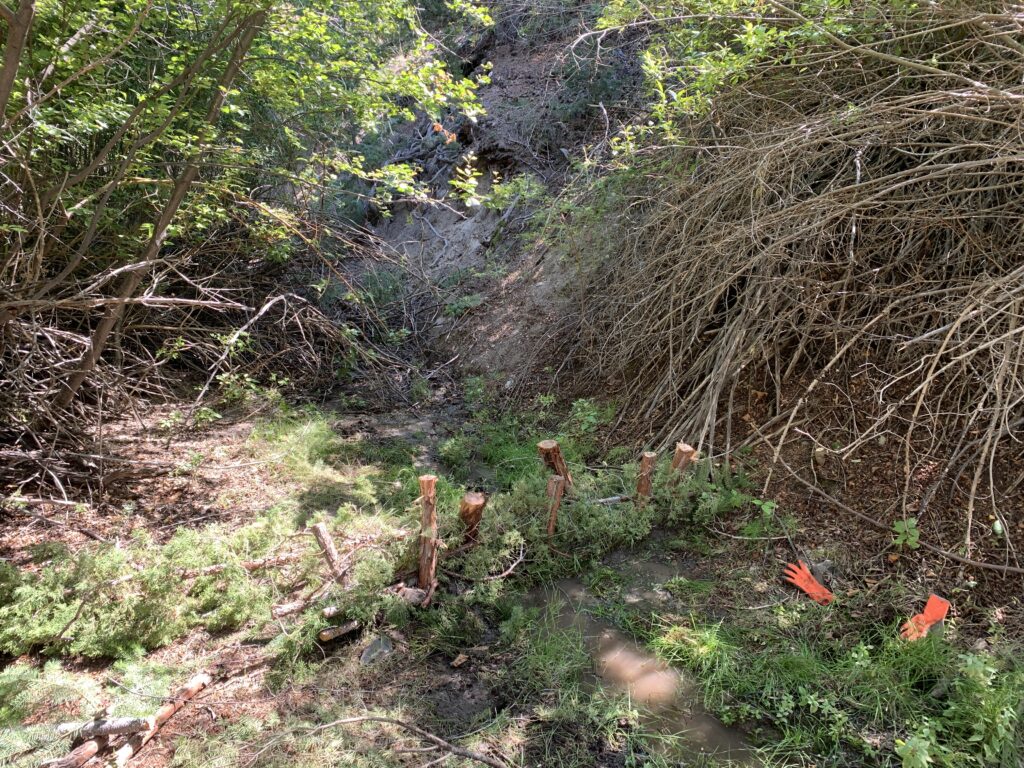
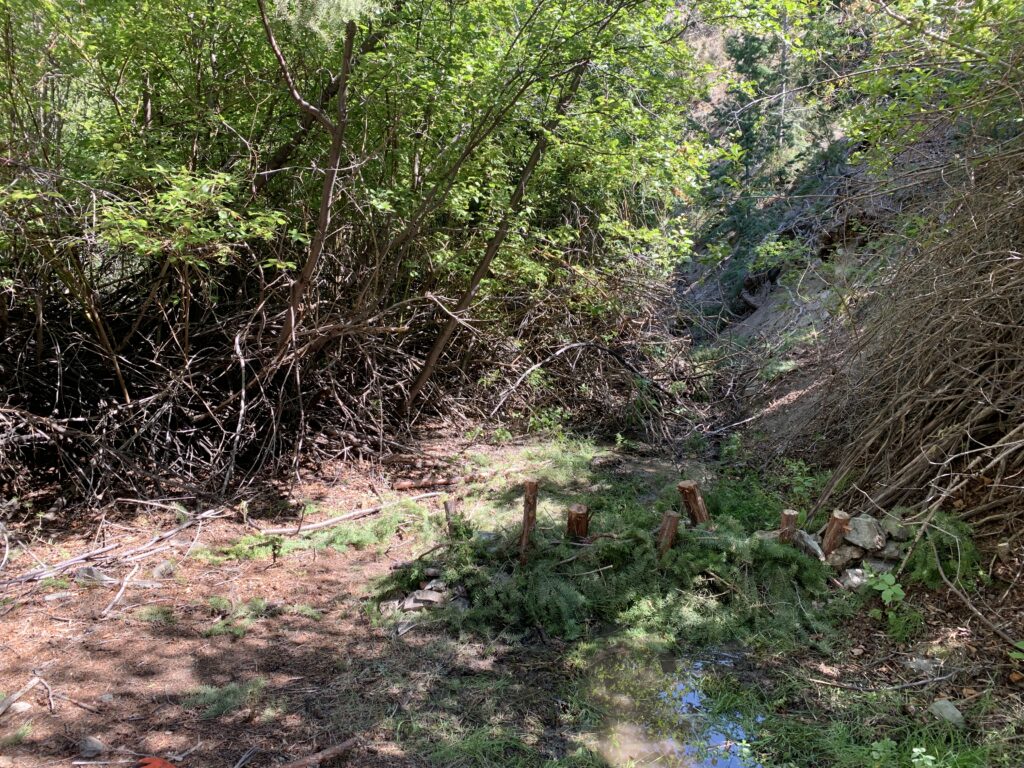
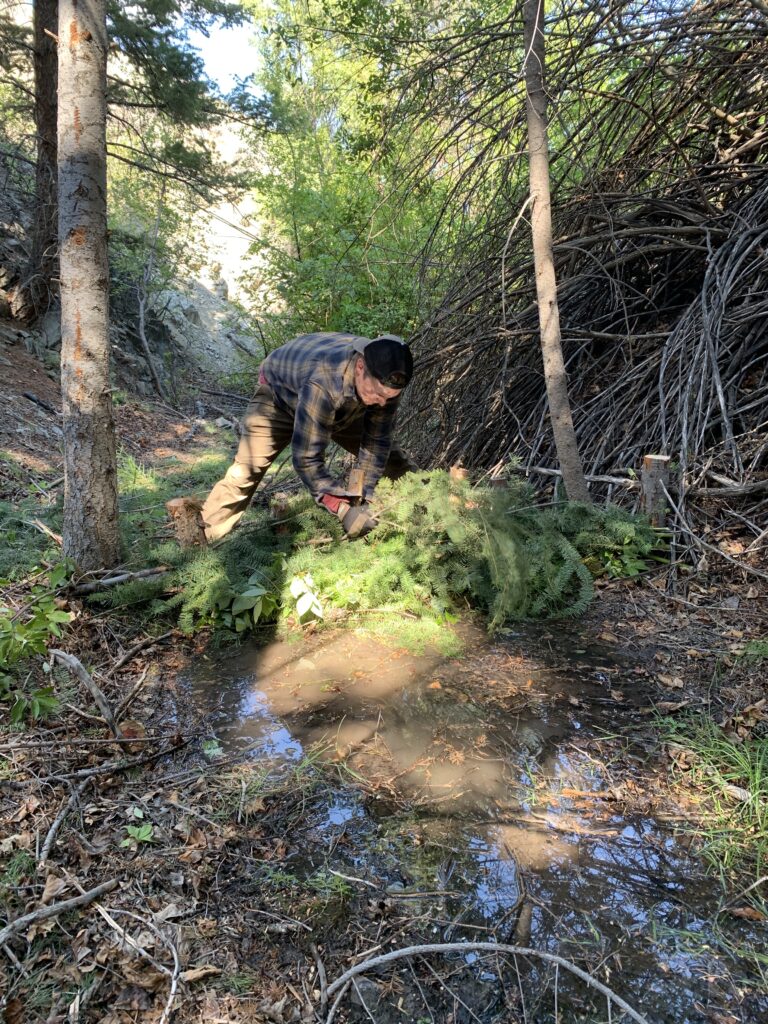
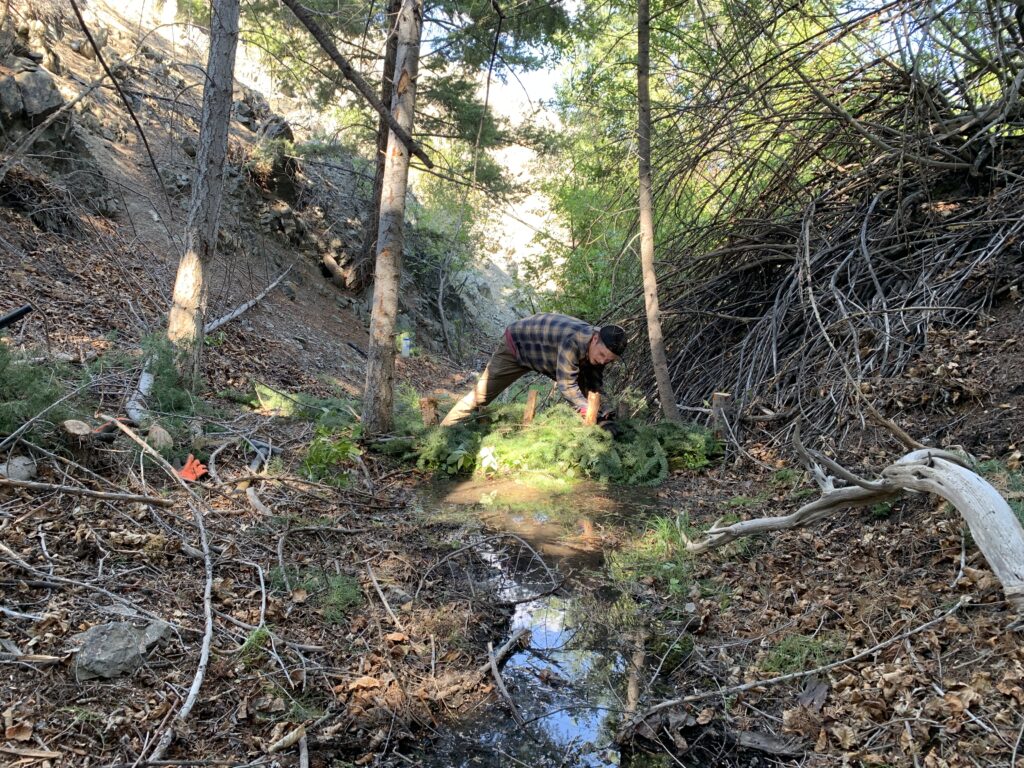
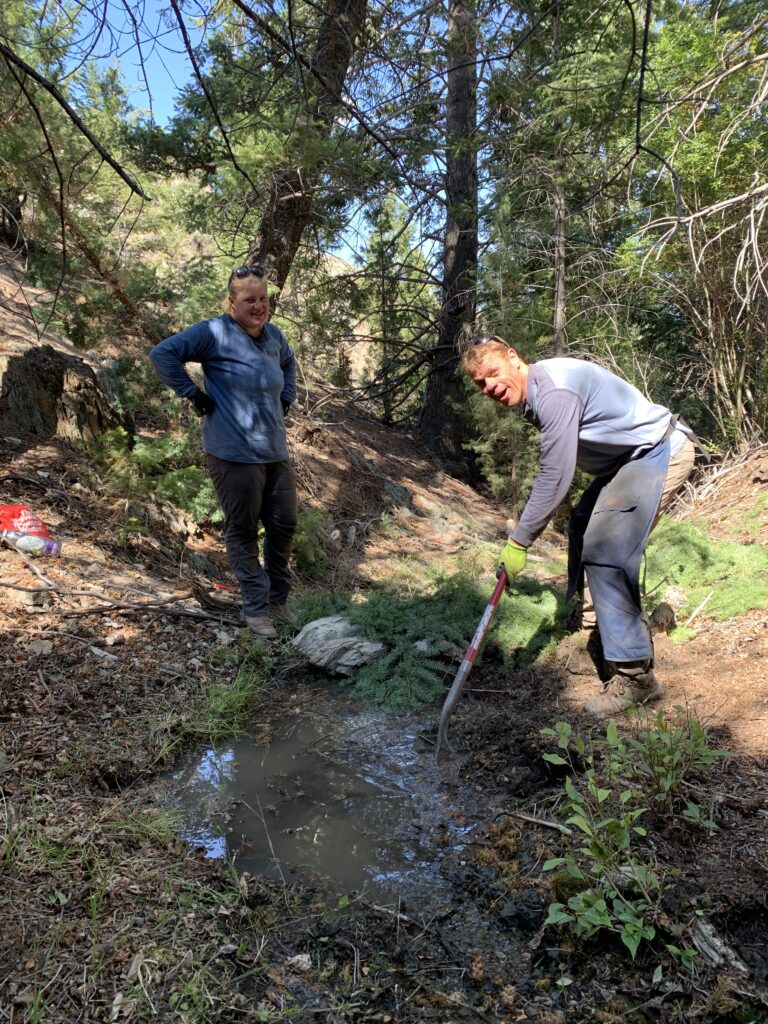
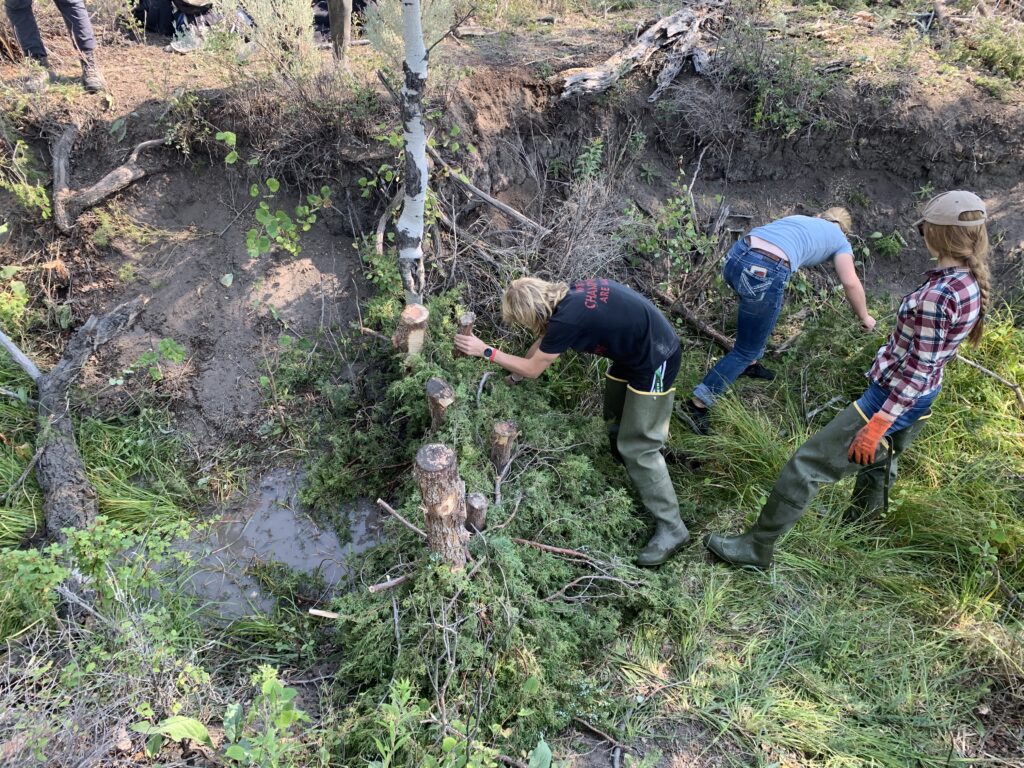
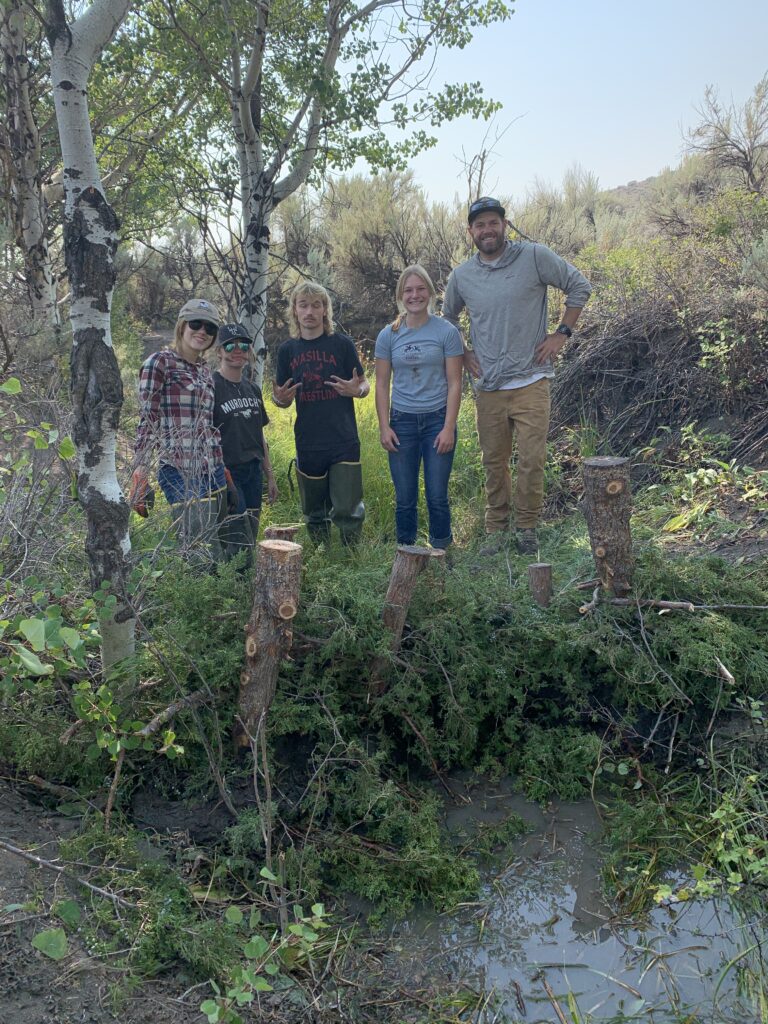
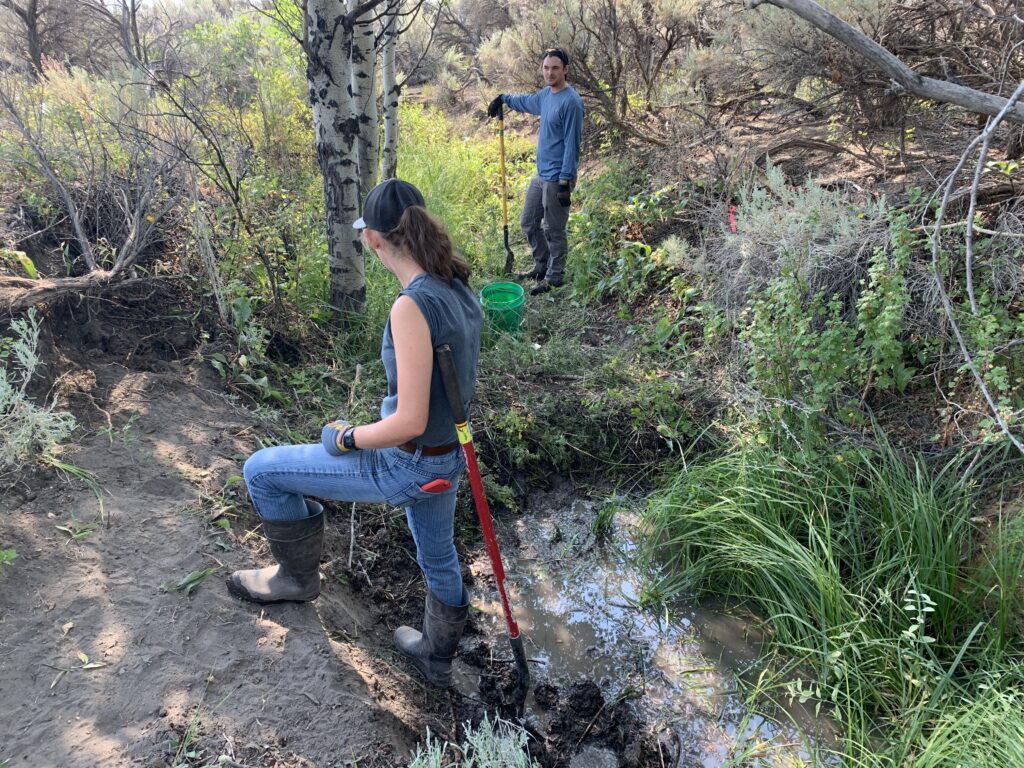
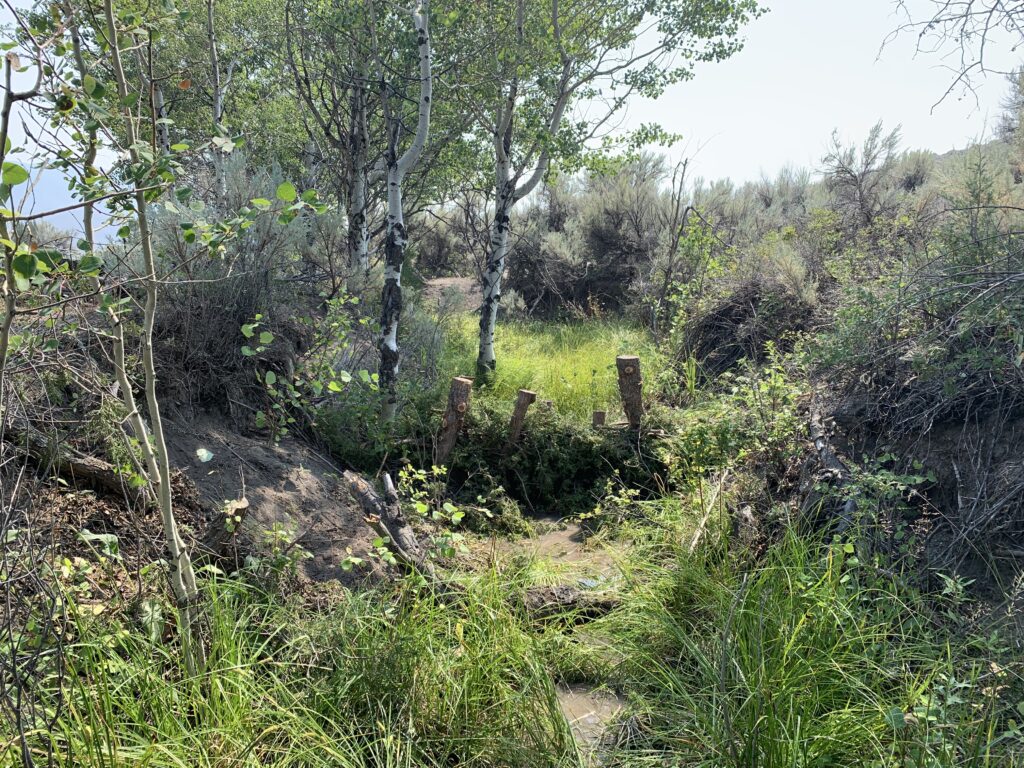
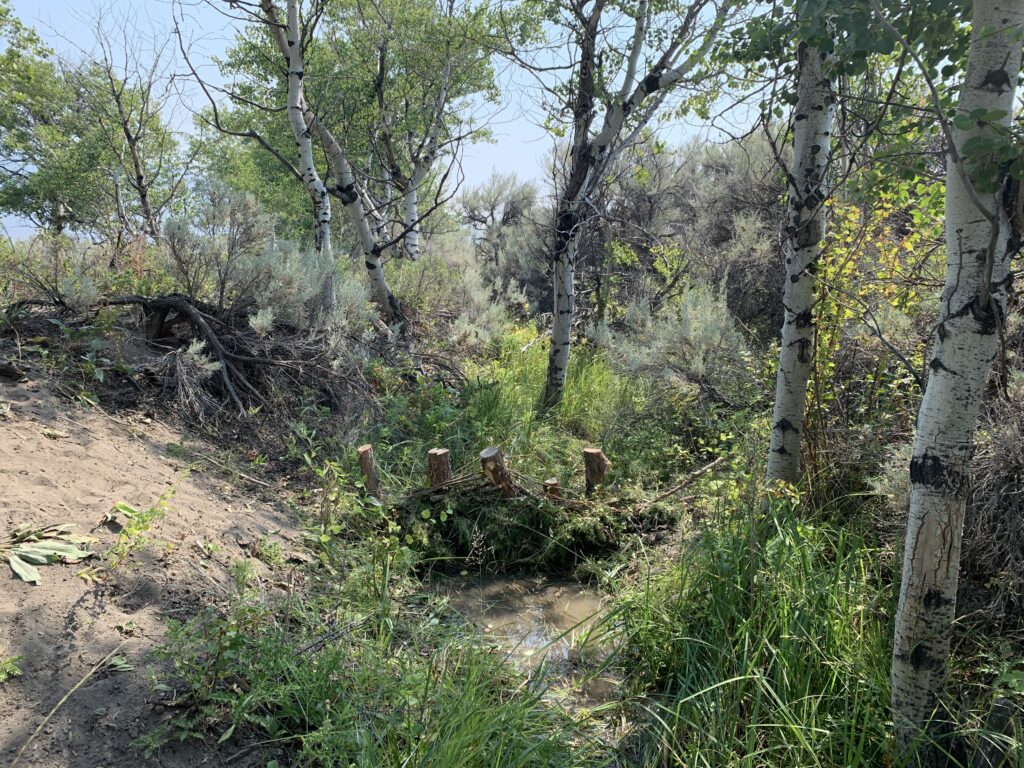
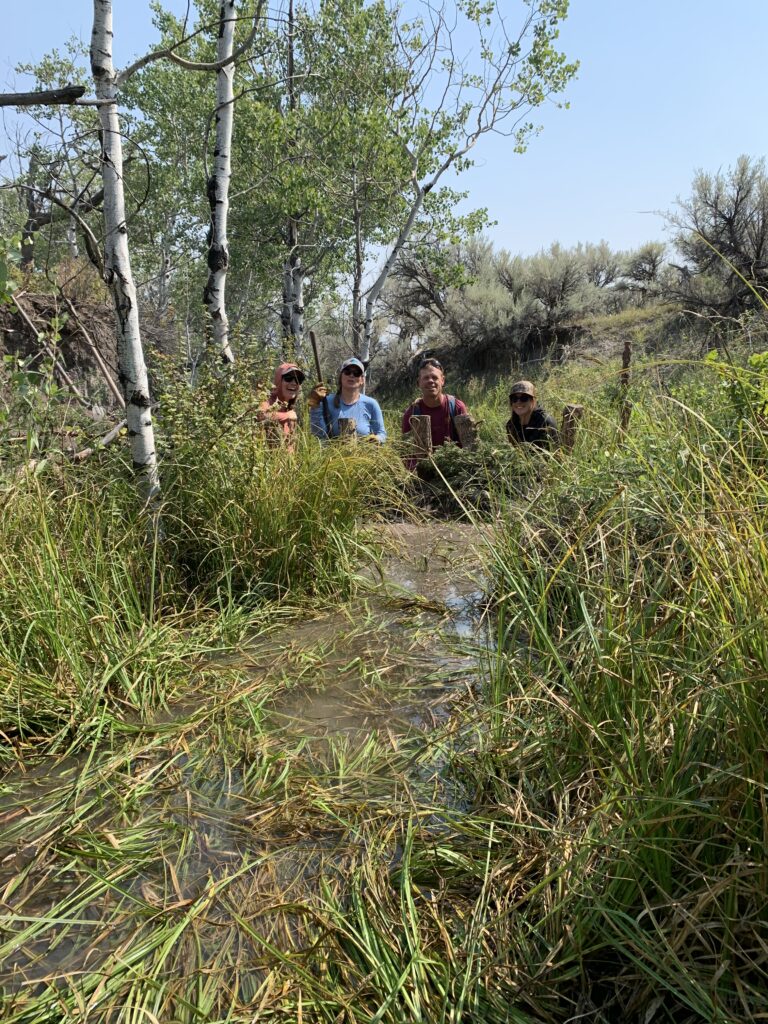



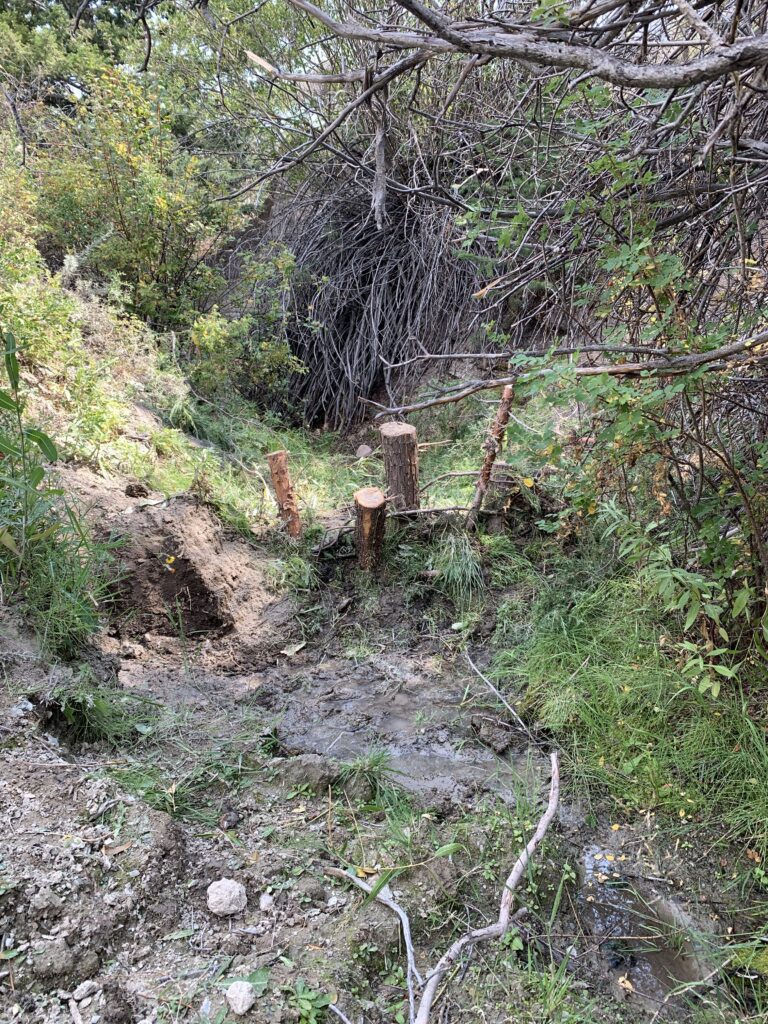
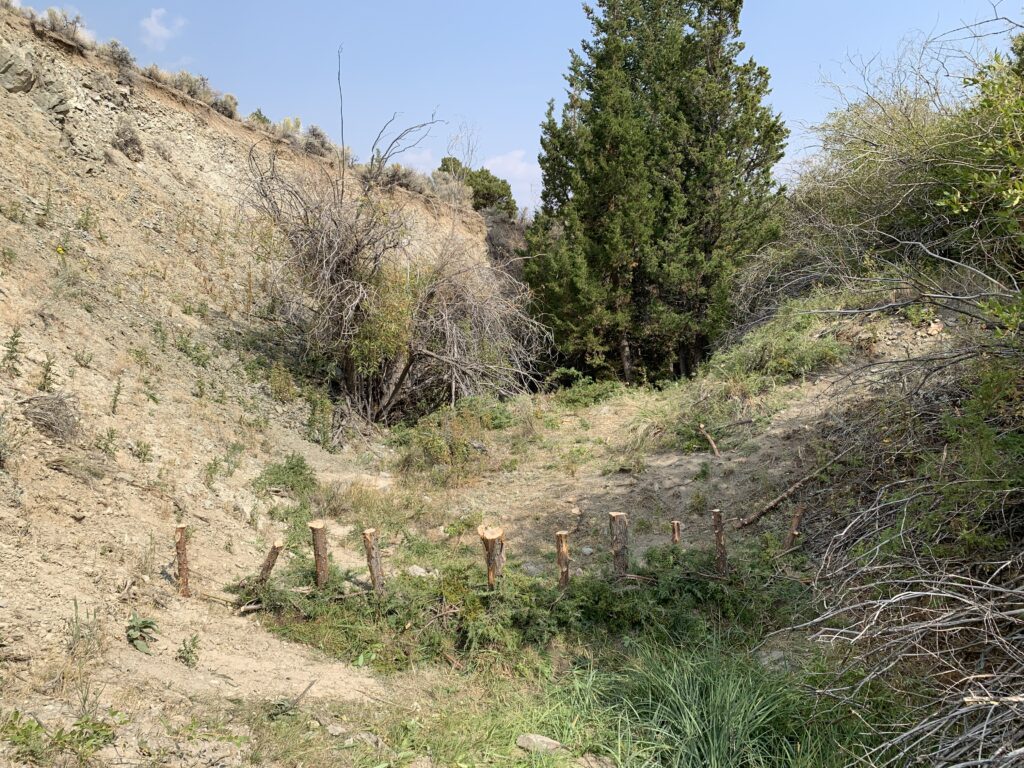
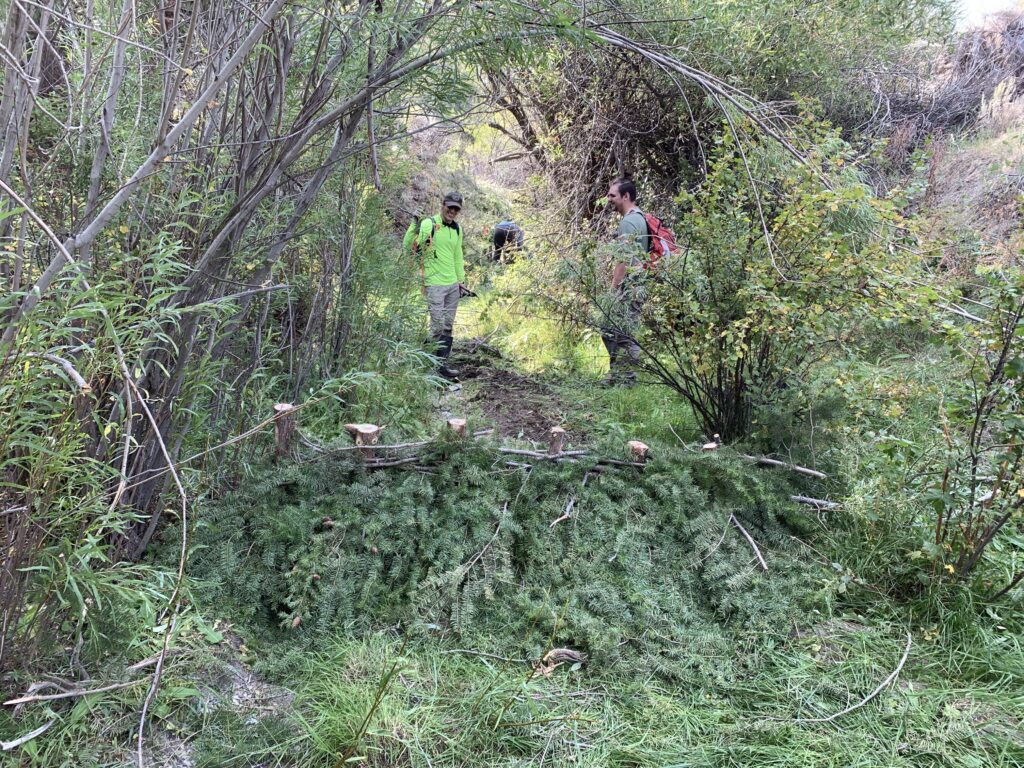
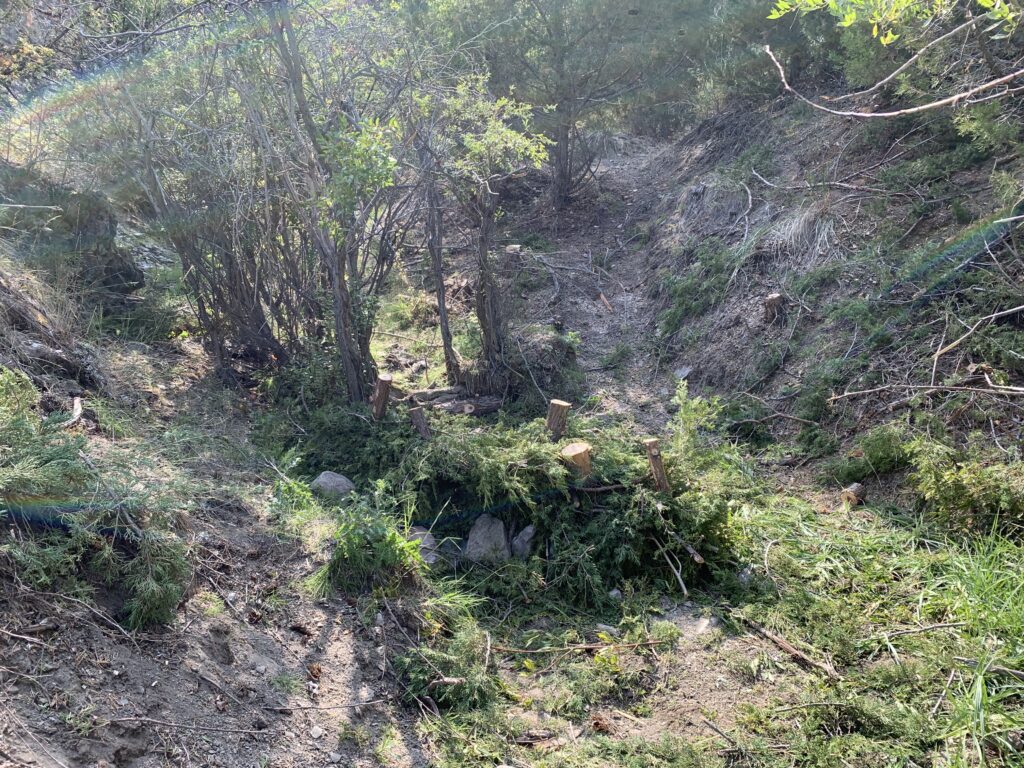
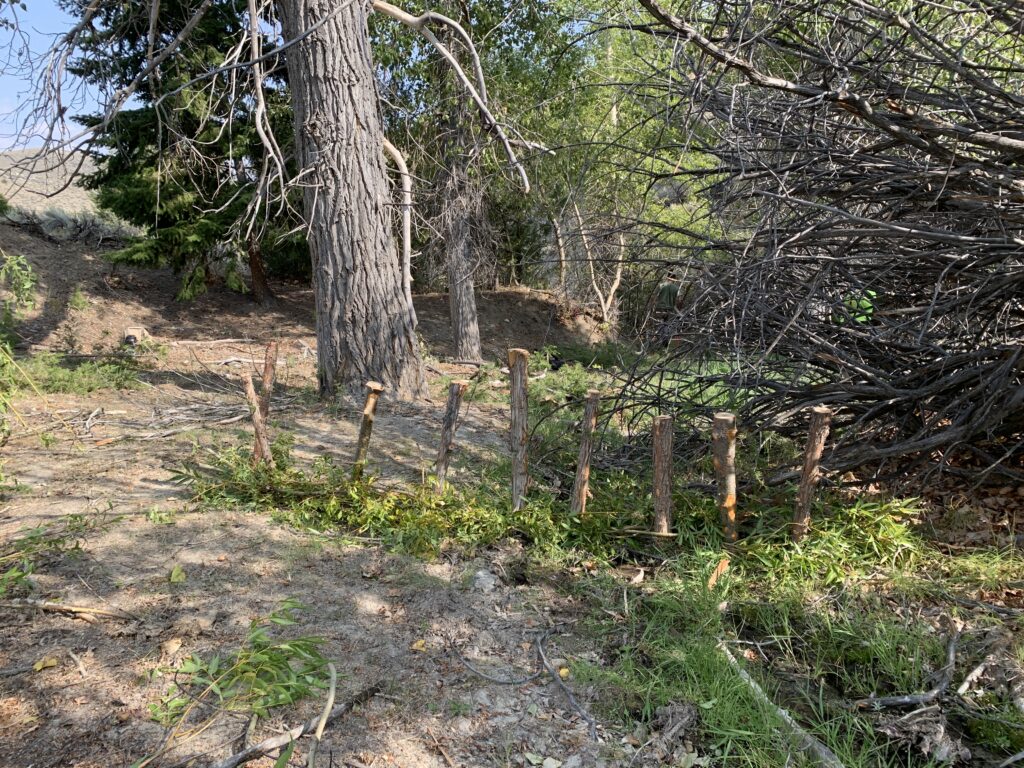
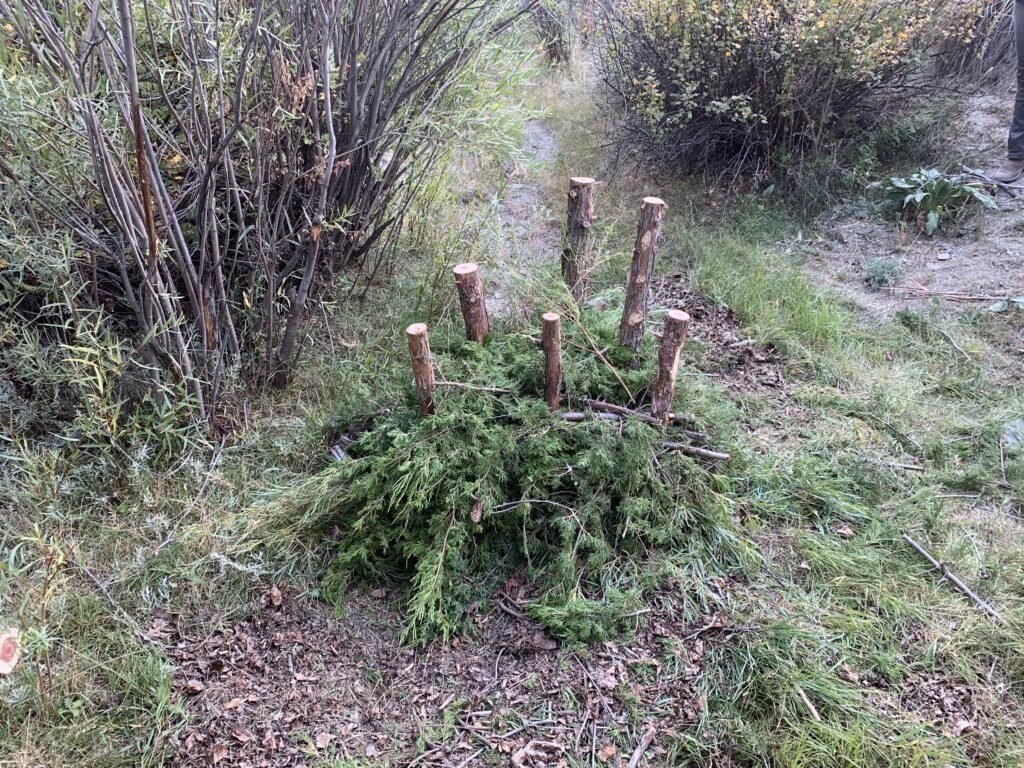
Project MAP
Status
In Progress
Type
Conifer Reduction

